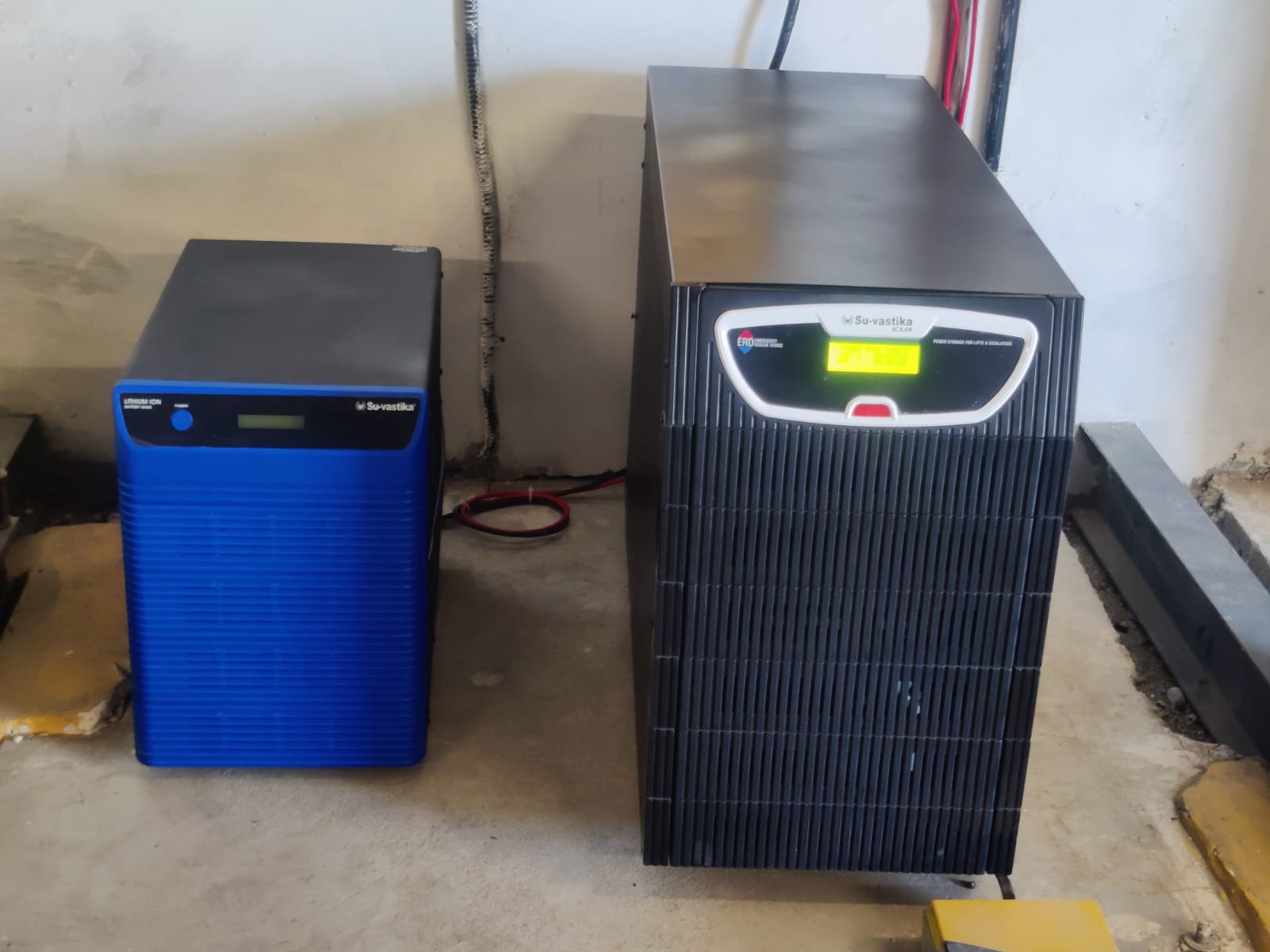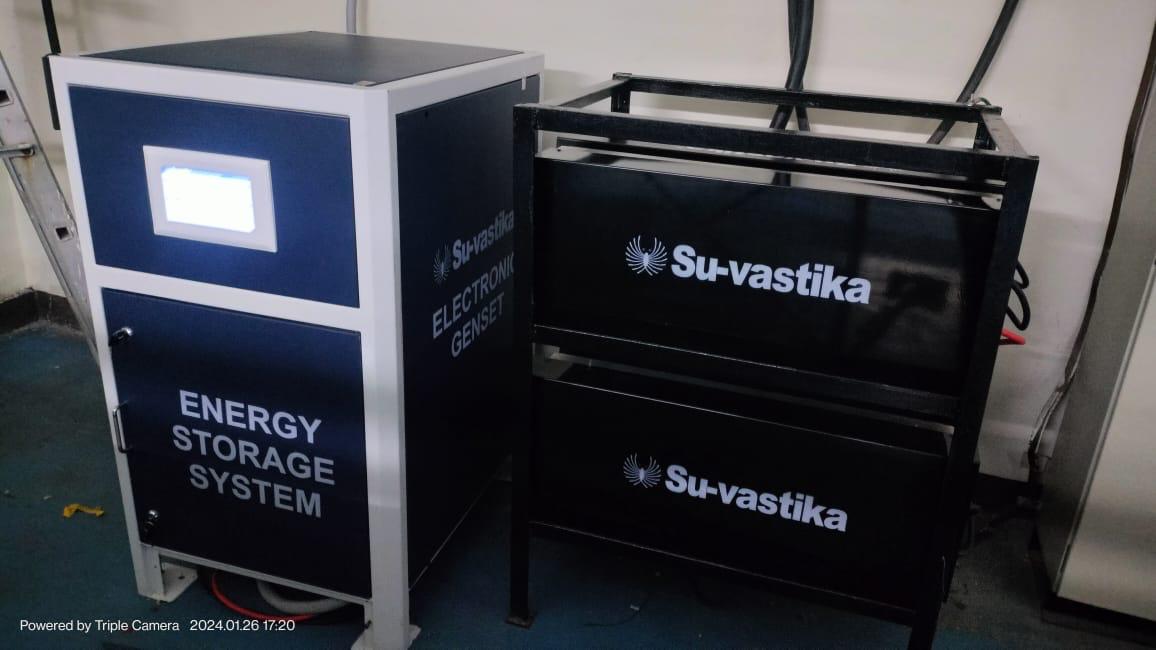
The battery inverter industry prefers to use 12V battery Inverter/UPS/Solar systems in most developed countries, and here in this article, I have tried to explain with practical results how the 12 Volt system performs under higher loads. It clearly shows the advantages of using smaller loads, but once we use higher loads, the 12V battery inverter system is stressed beyond our expectations.
When I came to the Inverter industry in the year 1999 and started designing and manufacturing Inverters than I gave the 12-volt concept by making mosfet based inverter to the industry before I entered into the inverter field, the manufacturers used to make 24 v systems for the 500Watt inverter. in those days, transistorised inverters were sold, and the battery operated to be the automobile batteries and the inverter market was in very nascent stages. But after 23 years in the field, I realised that the industry had only fallen back upon a 12-volt system. Everyone wants to use the single battery with the inverter UPS because the dealer distributors and the installers feel that having a single storm has fewer problems than using two or more batteries. In the last 20 years, Inverter technology has improved, and the battery industry has also improved as the inverter is more like a UPS now. The companies have increased the battery life by doing continuous RnD as the tubular battery is one technology that has become very stable and the rugged battery of the times. But I feel that education in the field power back up the industry and solar field has been quite restrictive. Now I have been responsible for writing articles and making videos to educate the industry.

12V Inverter with 150Ah Tubular Battery
So today, let us talk about the 12 v battery system. How do we check the battery capacity with the inverter or UPS? Here people have made certain formulas and keep giving gyaan to each other on those formulas, which are irrelevant. When I came to the field than my RnD people used to work on Peukert’s Law which had become unrelated in today’s world as that was written in 1897, which was a time when the battery was being evolved.https://vlab.amrita.edu/?sub=77&brch=270&sim=1760&cnt=1.
So now, if we see the battery backup chart, it’s followed what I created in Su-kam 10 years back as making dealers understand the battery backup was tough, so we made a 400 Watt bulb formula which is the industry’s norm today. Everyone talks of 400 Watt load and try to stay with that only.
But the industry moved on to a single battery, and manufacturers kept increasing the Wattage of the inverter/UPS on a single battery. The result is the stress on battery life and the backup time calculations. So in this blog, I’m giving you the measurements we have made on different sets of battery banks and Inverters/UPS available in the market, and one will realise that if the dealer and distributors check the backup time, they will learn the mistake we are doing by selling 12v inverter in high wattages. So every manufacturer under the pressure of dealer and distributors have designed 12volt inverter/UPS in 800/900/1000/1100/1200 Watts. So here I will give you the results of backup time and the battery’s life. Everyone knows that in inverter/UPS and Solar, we use a C20 battery, and few people say that for Solar, we use a C10 battery which will also not stand anywhere when we take the backup time.https://electronics.stackexchange.com/questions/24160/how-to-calculate-the-time-of-charging-and-discharging-of-battery#:~:text=Typically%2C%20a%20battery%20is%20considered%20%22discharged%22%20when%20it,only%20one%20answer%2C%20t%20%3D%2033Ah%2F10A%20%3D%203.3hr.

Tubular Battery Analyzer
So we test the backup time on a 150 Ah Tubular battery for different ratings. We have tested these results on three standard manufacturers and will not like to take a name here because the intent is not to take any particular brand. The battery manufacturer should also write on their battery for maximum Load limits as that will help to save battery misuse and life.https://suvastika.com/inverters-with-low-voltage-charging-a-new-standard-for-battery-chargers/
We have taken 200 Watt bulbs and tested the 150 Ah battery on different loads, and you will be astonished to see the results. We tested these batteries with the Pure Sinewave UPS available in the market, and the effects may vary by 2 to 3% if you try them in your showroom before selling them to the customer.
So if we load the 150 Ah battery with 600 Watt bulbs, the current drawn is 50 Amps from the battery, and the backup time we got is 90 minutes or 1.5 hours.
If we run a load of 800-watt bulbs, the current is 64 Amp from the battery, and the backup time we got was 60 minutes to 1 hour.
When we discharge the battery at 1000 Watt load than the result is 40 minutes
When we discharged the battery at the 1200 Watt bulb load, the backup time was a mere 25 minutes.

150Ah 12V battery backup on different loads
Also, when we started discharging the battery at 1200 Watts for the life cycle, the backup started reducing after 62 cycles. This parameter shows that the battery’s life will be greatly affected when we load the battery with a higher discharge current.







